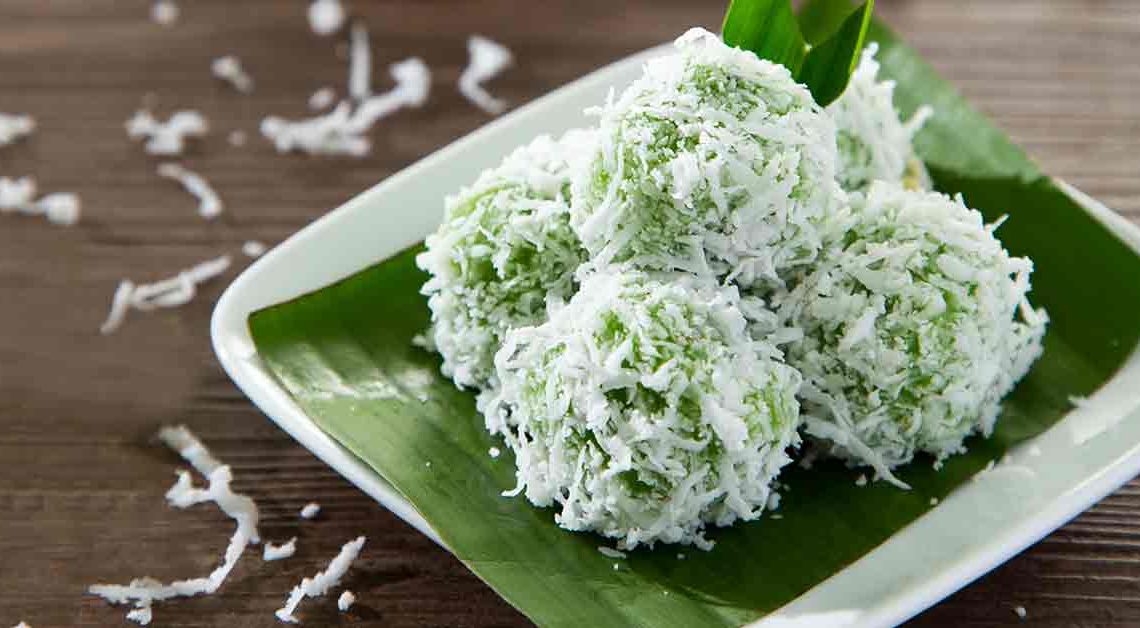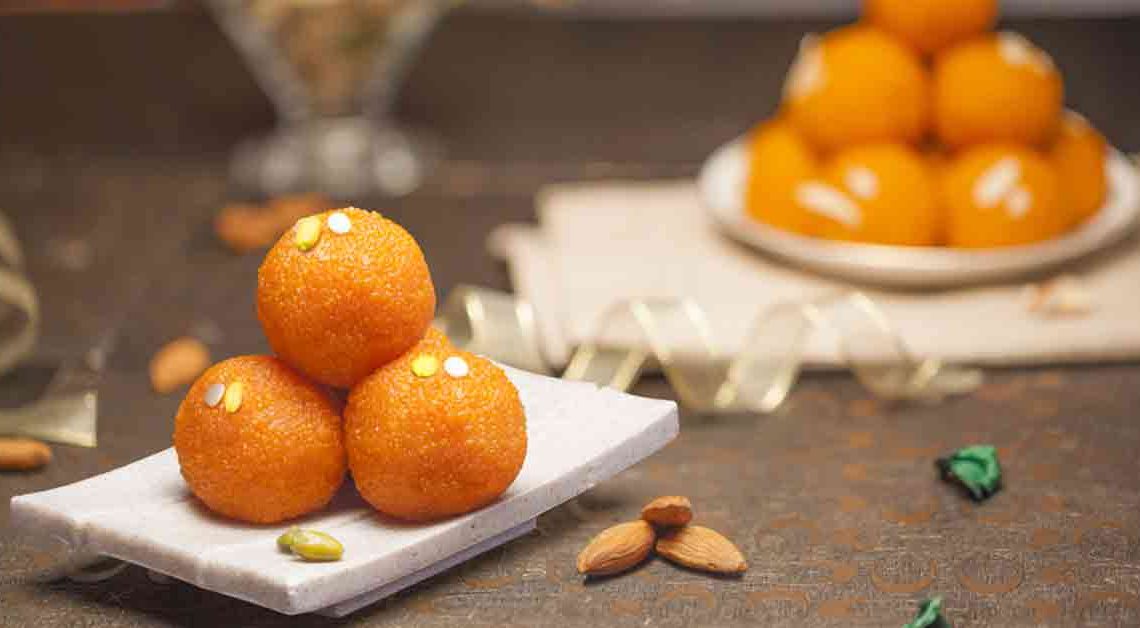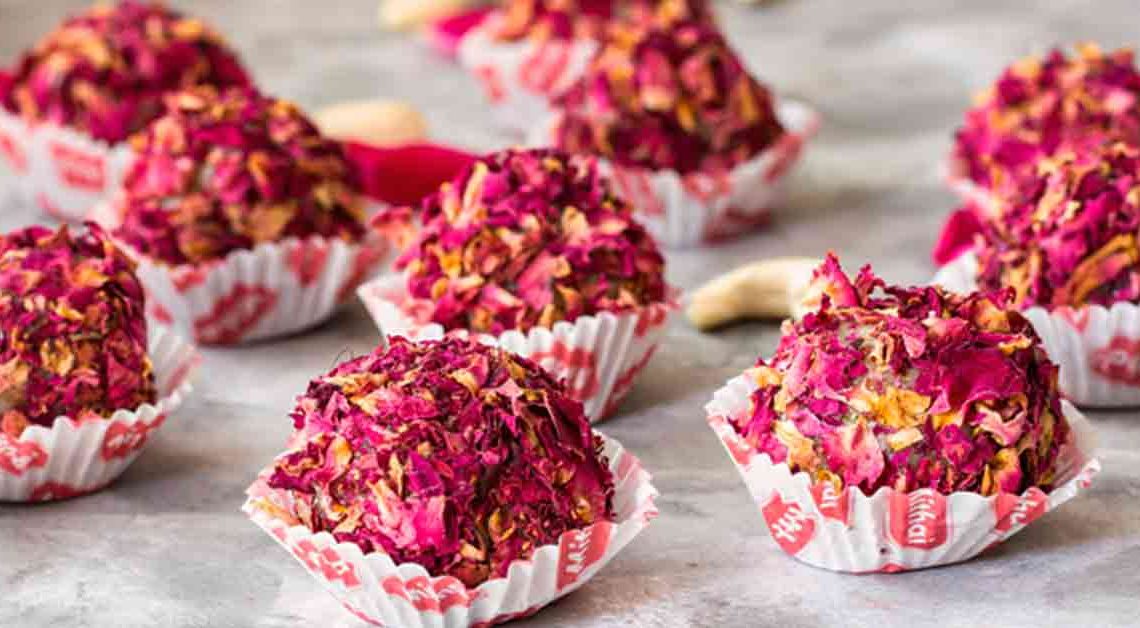Sweet Bites of Good Health: Ragi Ladoo

Welcome to Mithainama! Are you in search of a guilt-free treat that’s both nutritious and delicious? Look no further, because we’re about to embark on a flavorful journey into the world of Ragi Ladoo! These tiny, round bundles of joy are not only mouthwateringly good but also packed with health benefits that will leave you craving for more.
Ragi, also known as finger millet, is a superfood that has been cherished for centuries due to its exceptional nutritional value. And when transformed into delightful ladoos, it becomes a treat for all generations.
Get ready to learn about the fascinating history of Ragi and its role in various regional cuisines. Discover the versatility of Ragi as it harmoniously blends with an array of flavors, spices, and other superfoods. We’ll also share some exciting variations of ladoo that cater to diverse palates and dietary requirements.
Join us on this delectable adventure and be prepared to fall in love with the magic of Ragi Ladoo!
Origin of Ragi Ladoo
Ragi Ladoo, also known as Finger Millet Ladoo, has its roots in the rich culinary traditions of India. Ragi, or finger millet, is one of the oldest cultivated cereals in the world and has been a staple food in many parts of India for centuries. The origin of Ragi itself can be traced back to Africa, where it was first domesticated.
It is typically made by roasting Ragi flour and then combining it with various ingredients like jaggery or sugar, ghee (clarified butter), nuts, and spices. The mixture is then rolled into small, round balls or ladoos. The sweetness and richness of the jaggery or sugar, along with the earthy flavor of Ragi, create a harmonious balance in these sweets.
Ragi Ladoos have gained popularity not only as a traditional treat but also as a healthy snack option due to the numerous health benefits associated with Ragi. They are particularly favored by those looking for gluten-free and nutrient-dense alternatives to traditional sweets.
History of Ragi Ladoo
The history can be traced back to the Indian subcontinent, with Ragi (Finger Millet) itself having been cultivated in the region for over 2000 years. Ragi, known for its resilience in diverse climates, played a vital role in the diets of many communities, especially in South India and parts of Africa.
Historically, Ragi Ladoo has been associated with rural households and festivals, serving as a nutritious, energy-boosting snack. It’s been a vital part of Indian cuisine for generations, representing the wisdom of utilizing local, nutritious ingredients in innovative ways.
In recent years, it has seen a resurgence in popularity as health-conscious individuals appreciate its gluten-free, high-fiber, and nutrient-rich qualities. Its journey from a traditional delight to a modern, wholesome snack is a testament to the timelessness of Indian culinary traditions and the enduring appeal of Ragi Ladoo or Ragi Halwa in the quest for both taste and nutrition.
Cultural Significance
Ragi Ladoo holds significant cultural importance in India, particularly in the southern regions, where it has been an integral part of the culinary and cultural heritage. This traditional treat is deeply intertwined with various aspects of Indian culture:
Nutritional Significance: Ragi, the primary ingredient in Ragi Ladoo, is celebrated for its exceptional nutritional value. It is considered a staple in many parts of India, especially in regions with arid climates where it thrives. Ragi’s ability to withstand adverse conditions has made it a symbol of resilience and adaptability.
Generational Wisdom: The tradition of making Ragi Ladoo is often passed down through generations. It represents the wisdom of our ancestors who recognized the nutritional benefits of Ragi and created a delicious way to incorporate it into their diet.
Health and Wellness: In recent years, as health-conscious individuals have sought alternatives to processed and unhealthy snacks, Ragi Ladoo has gained renewed popularity due to its gluten-free, high-fiber, and nutrient-rich properties. It has become a symbol of a healthier way of snacking.
Where is Ragi Laddu Famous?
Ragi Laddu, also known as Finger Millet Ladoo, is particularly famous in South India, although it is enjoyed in various parts of India and beyond. Here are the regions and areas where Ragi Laddu is especially well-known:
South India: Ragi is a staple crop in South India, and Ragi Laddu is a popular traditional treat in states like Karnataka, Andhra Pradesh, Tamil Nadu, and Kerala. In these regions, Ragi Laddu is not only a delicious dessert but also a nutritious snack, often enjoyed by people of all ages.
Karnataka: Karnataka, in particular, is renowned for its Ragi-based dishes. Ragi Laddu is a treasured part of the state’s culinary heritage. It is commonly prepared in households and is available in sweet shops and local markets.
Kerala: Ragi Laddu, known as “Ragi Unda,” is a wholesome snack that has a dedicated following in Kerala. It is prepared during special occasions and festivals.
Interesting Facts and Trivia
Ragi Ladoo, a beloved Indian treat, comes with some intriguing facts and trivia that reflect its cultural and nutritional significance:
- Ragi is renowned for its exceptional nutritional profile. It is a rich source of dietary fiber, calcium, iron, and essential amino acids, making it a valuable addition to a balanced diet.
- Ragi is known for its resilience in adverse environmental conditions, such as low rainfall and poor soil quality. It’s a drought-resistant crop and has played a crucial role in food security in many regions.
- Ragi is naturally gluten-free, making it a perfect choice for those with celiac disease or gluten sensitivities. This attribute has contributed to its popularity in the global market.
- Ragi Ladoo has deep-rooted ties to rural Indian communities, where it has been a source of sustenance for generations. It often symbolizes the wisdom of simple and nutritious living.
- Ragi cultivation is considered an environmentally friendly practice due to its low water requirements and soil-enriching properties. It exemplifies sustainable and responsible agriculture.
Did You Know?
Ragi Ladoo, those delightful Indian sweets, are not only delicious but also packed with incredible health benefits! Consuming Ragi Ladoo can:
- Ragi is a fantastic source of complex carbohydrates, providing a sustained release of energy. These ladoos are perfect for an afternoon pick-me-up or a pre-workout snack.
- Ragi is exceptionally rich in calcium and vital minerals like magnesium and phosphorus, making it great for bone health. Regular consumption can help maintain strong and healthy bones.
- Ragi is a high-fiber grain, which aids in digestion and keeps you feeling full longer, making it an excellent choice for those looking to manage their weight.
- Ragi is naturally gluten-free, making Ragi Ladoo a safe and delicious option for individuals with gluten sensitivities or celiac disease.
- Ragi is packed with antioxidants that help combat free radicals in the body, potentially reducing the risk of chronic diseases.







